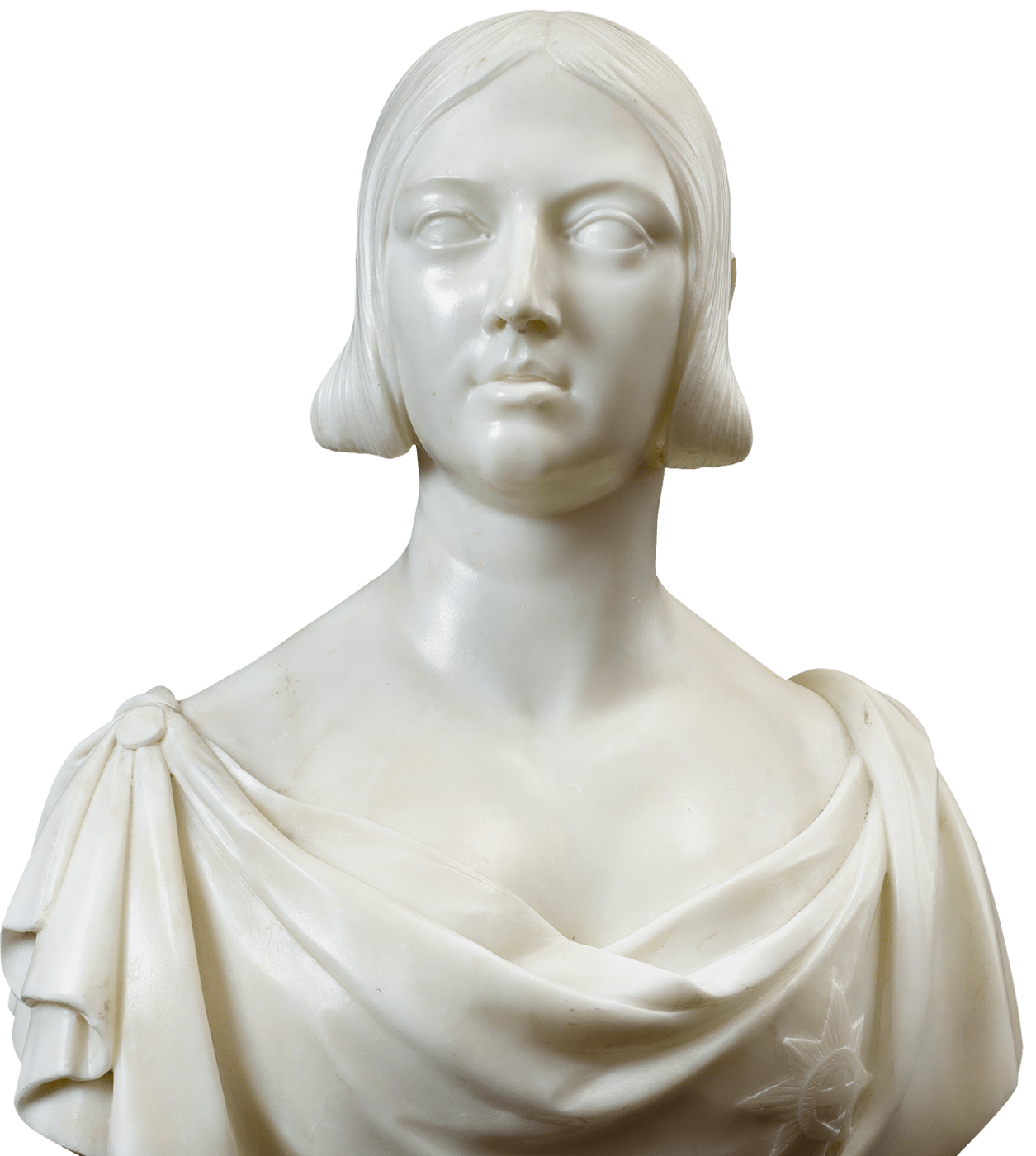Full Biography
The son of a Lincolnshire farmer, Francis began his life by tilling the fields. Marrying the daughter of a local mill owner, Francis had every expectation that, like his father before him, his future was in agriculture. It was, in fact, a profession that he never left entirely behind; even as his career began to take off, he would return to the fields during quiet periods to make additional income. His professional break came when around 1815 he met the noted agriculturalist and local landowner, Thomas Coke, Earl of Leicester (1754-1842), who was impressed by Francis’s already-evident talent for sculpture and endeavoured to introduce him to leading figures of the Whig aristocracy.
Good fortune arrived again when one of his works caught the eye of Prince Augustus Frederick, Duke of Sussex (1773-1843), who commissioned a series of miniature busts of himself and his family from the sculptor, thereby providing him with an introduction to further royal patrons. William IV was another early admirer. With the accession of Victoria, Francis’s stock rose further still; he executed a portrait of Prince Albert’s father, several of the prince himself, and was even commissioned by the Prince to make a sculpture of his favourite greyhound, Eos, a bronze cast of which was placed above the animal’s grave in Osborne House, the Isle of Wight.
The son of a Lincolnshire farmer, Francis began his life by tilling the fields. Marrying the daughter of a local mill owner, Francis had every expectation that, like his father before him, his future was in agriculture. It was, in fact, a profession that he never left entirely behind; even as his career began to take off, he would return to the fields during quiet periods to make additional income. His professional break came when around 1815 he met the noted agriculturalist and local landowner, Thomas Coke, Earl of Leicester (1754-1842), who was impressed by Francis’s already-evident talent for sculpture and endeavoured to introduce him to leading figures of the Whig aristocracy.
Good fortune arrived again when one of his works caught the eye of Prince Augustus Frederick, Duke of Sussex (1773-1843), who commissioned a series of miniature busts of himself and his family from the sculptor, thereby providing him with an introduction to further royal patrons. William IV was another early admirer. With the accession of Victoria, Francis’s stock rose further still; he executed a portrait of Prince Albert’s father, several of the prince himself, and was even commissioned by the Prince to make a sculpture of his favourite greyhound, Eos, a bronze cast of which was placed above the animal’s grave in Osborne House, the Isle of Wight.














